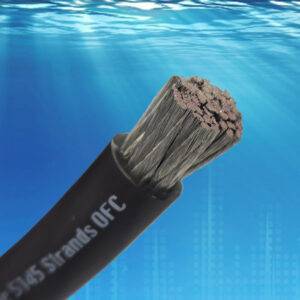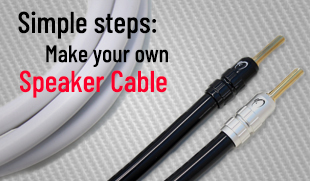What is marine grade wire?

You may have read up on our Kolossus power wire and heard us describe the cable as being “marine grade” . This may seem irrelevant for your application, after all, you are building a car audio system, not a 2000 watt boat stereo. Well being marine grade means the power cable or speaker wire has been treated with a coating to prevent oxidation, usually tin. Tinned copper will not tarnish or oxidize like bare copper. Even Oxygen Free Copper (OFC), which is copper that has been refined to a purity of at least 99.95%, over time when exposed to the elements will tarnish. Oxidation will slowly deteriorate your cable’s ability to conduct electricity, potentially damaging your car audio amplifier.
Why should I use marine grade copper or TOFC (Tinned Oxygen Free Copper) when wiring my car audio amplifier? Ask yourself, where is the cable most likely to oxidize? Exposed copper is more likely to oxidize than copper that has a jacket, so the ends of course. By stripping the cable of its jacket to terminate the power wire, you are exposing bare copper to oxygen. With tinned copper, the exposed portion of copper is limited to the cross section of the power wire itself(the tip of the wire strand).
Cars face some tough extremes and this additional protection against high humidity and salt covered snowy roads will keep current flowing with little change over the life of your installation. In addition to resisting oxidation, tinned copper can be easier to solder as the individual copper strands have already be covered in tin. Terminating our Kolossus power wire with our tinned copper ring terminals, which are also marine grade (I’m sure you had guessed it), are the best option for preventing oxidation. The open end design of our ring terminals allows you to crimp and solder the cable. Covering 100% of the exposed bare copper tips in solder guarantees absolute protection.
The final step to completing your cable is to apply KnuKonceptz adhesive lined heat shrink over your newly attached connector. Heat activated glue creates a moisture barrier against the cable and connector’s outer wall, sealing up your battery cable for years of service.






















